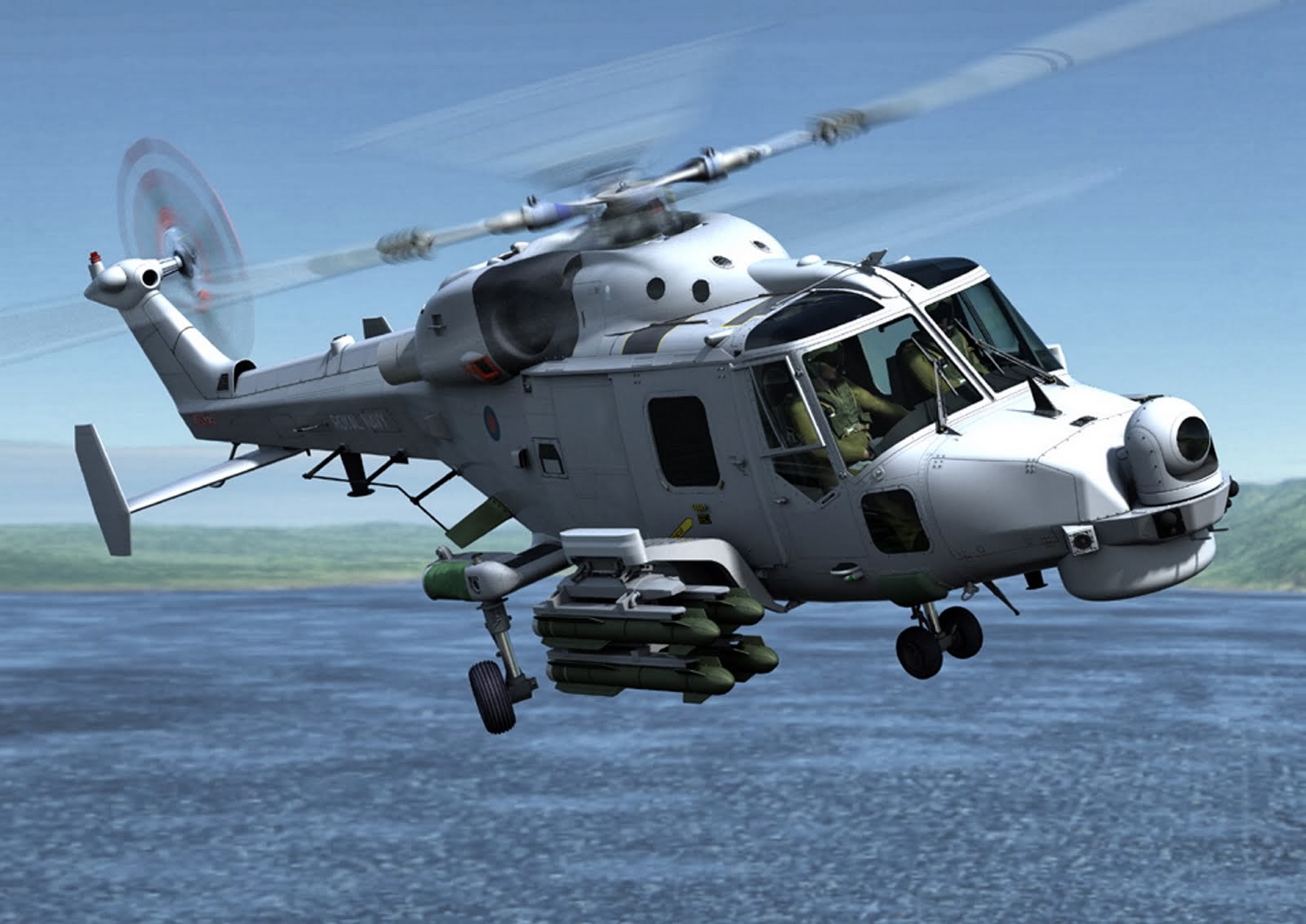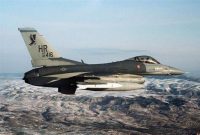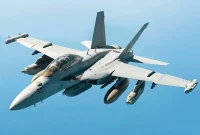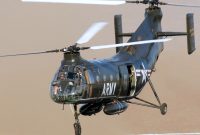In the realm of military helicopters, the Westland Lynx stands as a remarkable testament to British engineering and innovation. Designed and built by Westland Helicopters at its factory in Yeovil, the Lynx was initially conceived as a utility craft with applications in both civil and naval sectors. However, the military’s keen interest spurred the development of battlefield and naval variants, transforming the Lynx into a highly maneuverable and versatile helicopter. Since its operational debut in 1977, the Lynx has become a stalwart in the armed forces of over a dozen nations, serving primarily in roles such as battlefield utility, anti-armour, search and rescue, and anti-submarine warfare.
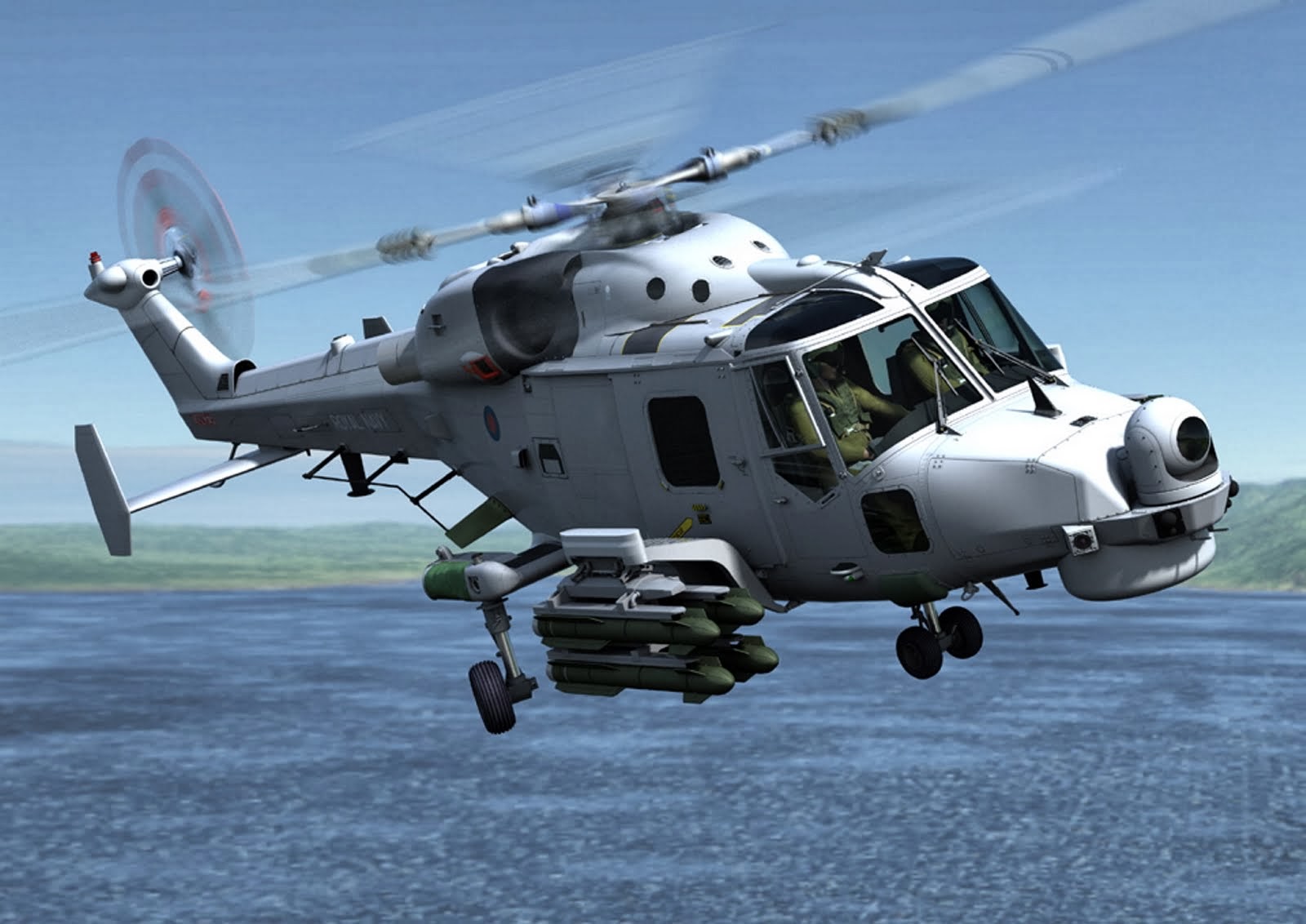
The Lynx: A Remarkable Aircraft
The Westland Lynx boasts a series of features that make it a standout in the world of military aviation. Powered by two Rolls-Royce Gem 60-3 turboshaft engines, it can reach a top speed of 155 knots (287 km/h). Its operational range extends up to 336 miles (541 km), while it can carry an impressive payload of up to 4,500 pounds (2,041 kg). These specifications place the Lynx in a league of its own, allowing it to excel in various operational roles.
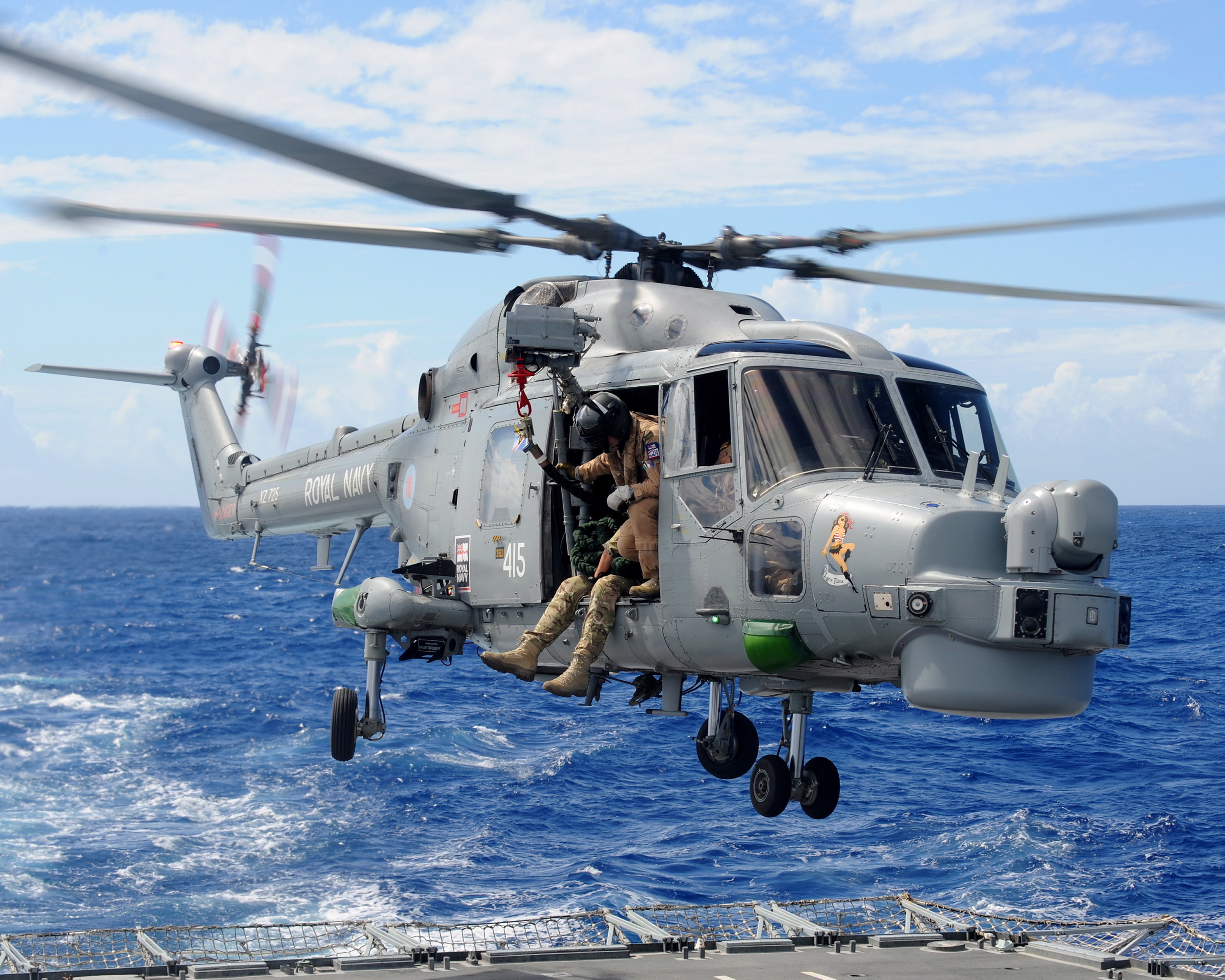
Versatile Configurations
One of the key strengths of the Westland Lynx lies in its adaptability. Depending on the mission at hand, the Lynx can be equipped with a wide array of weapons and sensors. This flexibility has made it a staple in numerous operational settings:
- Battlefield Utility: In battlefield utility missions, the Lynx can be outfitted with machine guns, rockets, and anti-tank missiles, allowing it to provide crucial air support to ground forces.
- Anti-Armour Capabilities: The Lynx’s versatility extends to anti-armour missions, where it can carry TOW anti-tank missiles, making it a formidable adversary to armored threats.
- Search and Rescue: The Lynx’s utility isn’t limited to combat; it can be configured for search and rescue missions, equipped with a hoist, stretcher, and medical equipment to evacuate casualties from the field.
- Anti-Submarine Warfare: In the role of anti-submarine warfare, the Lynx can be armed with torpedoes and equipped with advanced sonar systems, allowing it to track and neutralize submersible threats.
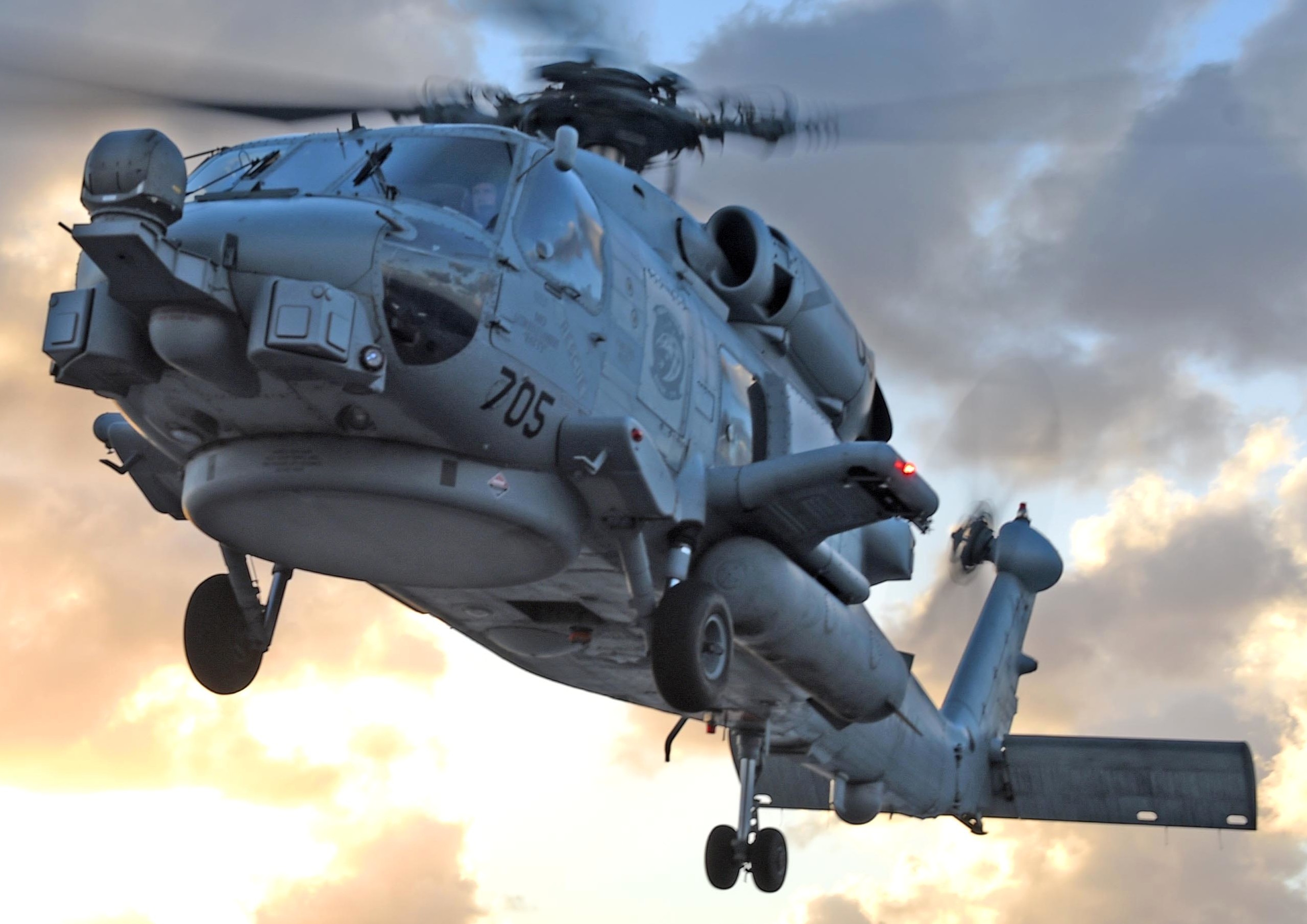
Operational Deployments
The Westland Lynx has been a fixture in a variety of operational deployments, underscoring its reliability and effectiveness. Notable missions in which the Lynx has played a pivotal role include the Falklands War, the Gulf War, the War in Afghanistan, and the War in Iraq. Its adaptability has allowed it to excel in diverse environments and combat scenarios, making it a trusted asset in the military arsenal.
Key Features of the Westland Lynx
- High Maneuverability and Versatility: The Lynx’s agility and versatility make it ideal for dynamic missions and quick responses in challenging conditions.
- Powerful Engines and Long Range: The Rolls-Royce Gem 60-3 turboshaft engines grant the Lynx impressive speed and range, enabling it to operate in a wide array of operational scenarios.
- Variety of Weapons and Sensors: The Lynx’s adaptable configuration allows it to be armed with different weapons and sensors, ensuring it can meet mission-specific requirements.
- Reliability and Effectiveness: With a track record spanning numerous conflicts, the Lynx has earned its reputation as a reliable and effective helicopter across various roles.
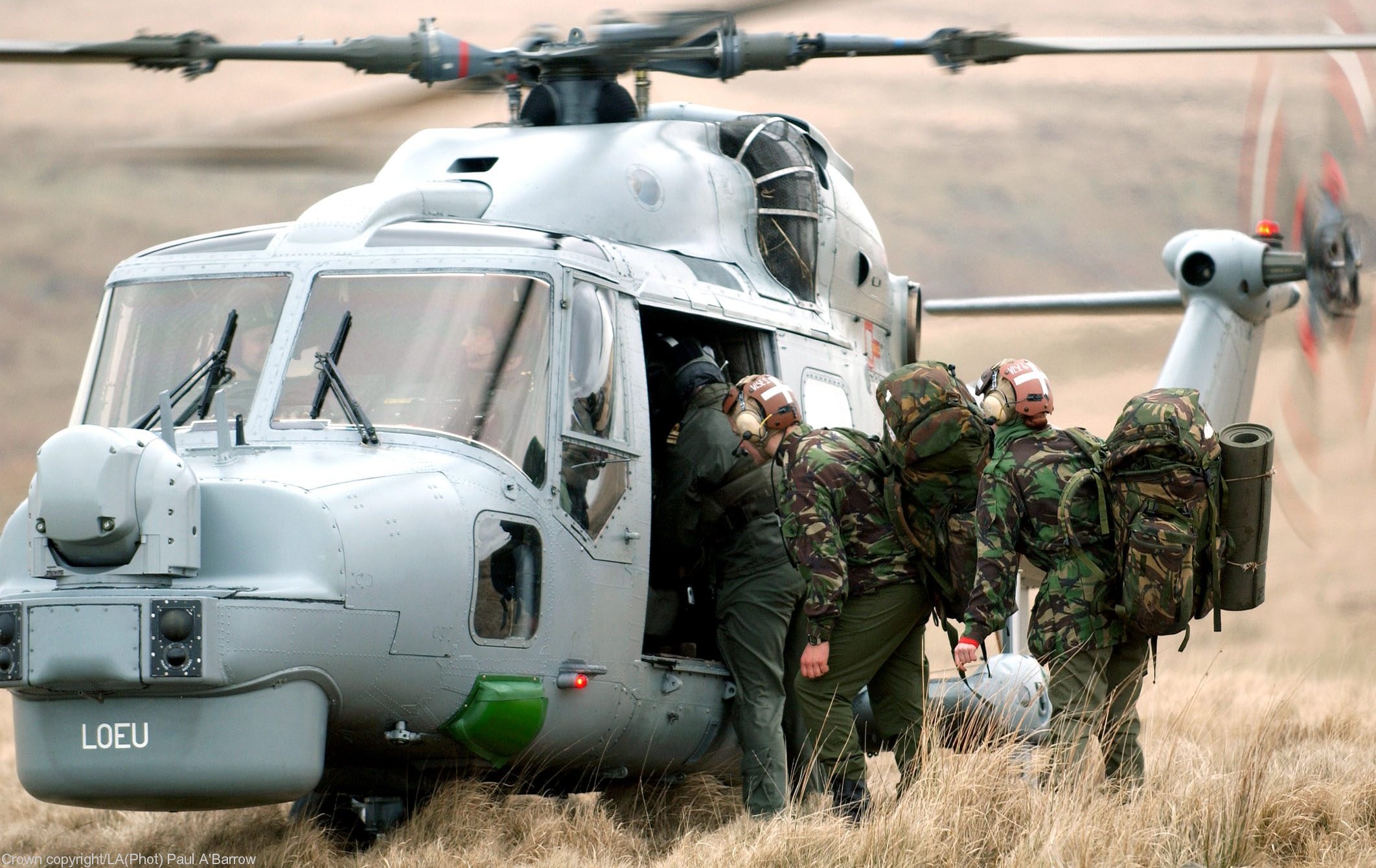
Conclusion
The Westland Lynx represents a pinnacle of British military aviation technology. Its versatility and adaptability make it a true workhorse, capable of carrying out a wide range of missions. From battlefield support to anti-submarine warfare, the Lynx has proven its worth in diverse operational theaters. As the global landscape continues to evolve, the Westland Lynx remains a valuable asset in the arsenals of the nations that operate it, ready to meet the challenges of modern military operations with agility and precision.

